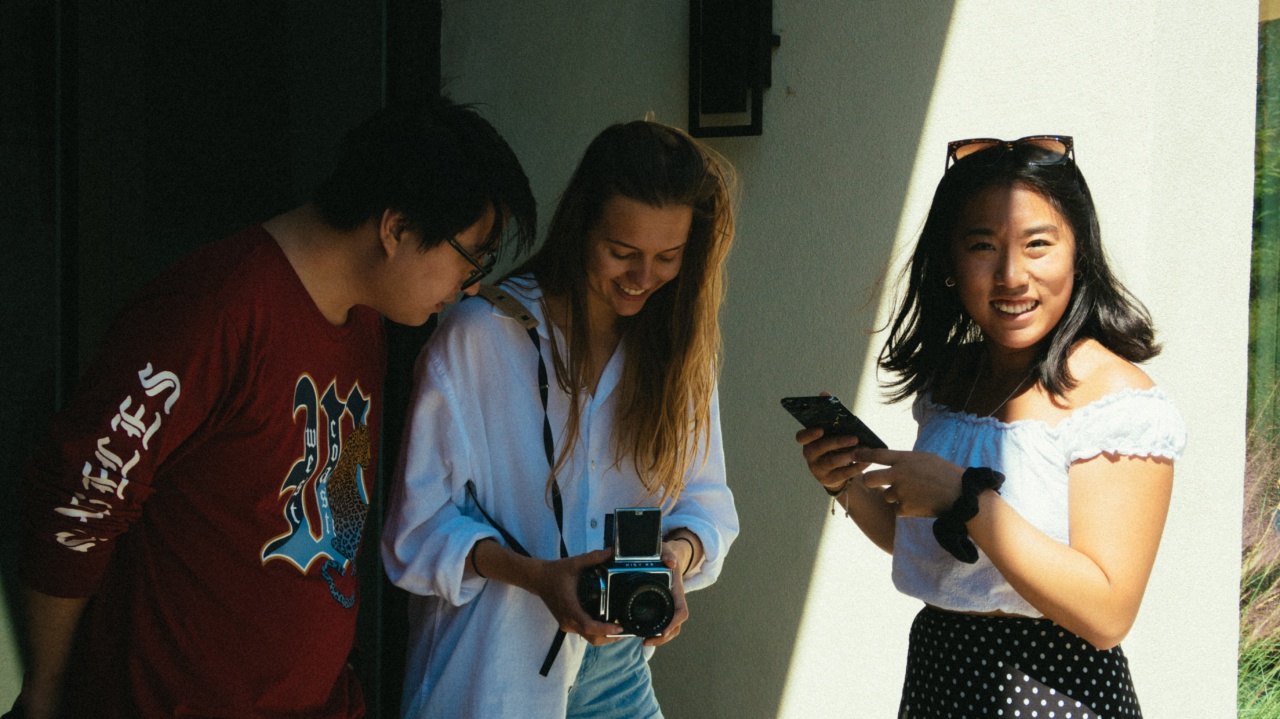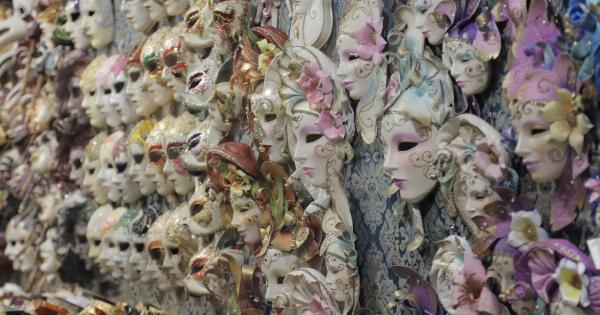Coloring is one of the most important aspects of art. Colors bring a world to life and have the power to evoke emotions that words cannot express.
There are different types of coloring techniques in art, and each has its unique characteristics. In this article, we will understand three types of coloring techniques through images.
Hue Coloring

Hue coloring involves the use of colors that are opposite each other on the color wheel. The colors are chosen based on their hue or tint. For example, in the image above, we can see a tree with a bright blue sky in the background.
The blue sky and green leaves of the tree are opposite colors on the color wheel, making the image pop with a vibrant contrast between them. Hue coloring gives an image a lively and striking appearance, and it’s commonly used in advertising and branding.
Shade Coloring

Shade coloring involves the use of different shades of the same color. In the image above, we can see a terracotta-colored rooftop overlooking a yellow city.
The terracotta color of the rooftop is used in different shades, creating depth and contrast between the different elements in the image. Shade coloring is a technique used to create a monochromatic look in an image, and it’s commonly used in interior design, fashion, and photography.
Tone Coloring

Tone coloring involves the use of colors that are adjacent to each other on the color wheel. The colors are chosen based on their tone or brightness. In the image above, we can see a white boat floating on turquoise water.
The turquoise color is a tone of blue, and it’s next to the white color on the color wheel, creating a harmonious and pleasing image. Tone coloring gives an image a peaceful and serene appearance, and it’s commonly used in nature photography, sunsets, and landscapes.
Conclusion
Understanding different types of coloring techniques is essential in creating compelling and expressive artwork. Hue, shade, and tone coloring are just three of the many techniques used in art.
Each technique has its unique characteristics and purpose, and knowing when to use them is crucial in creating a balanced and visually pleasing image..































